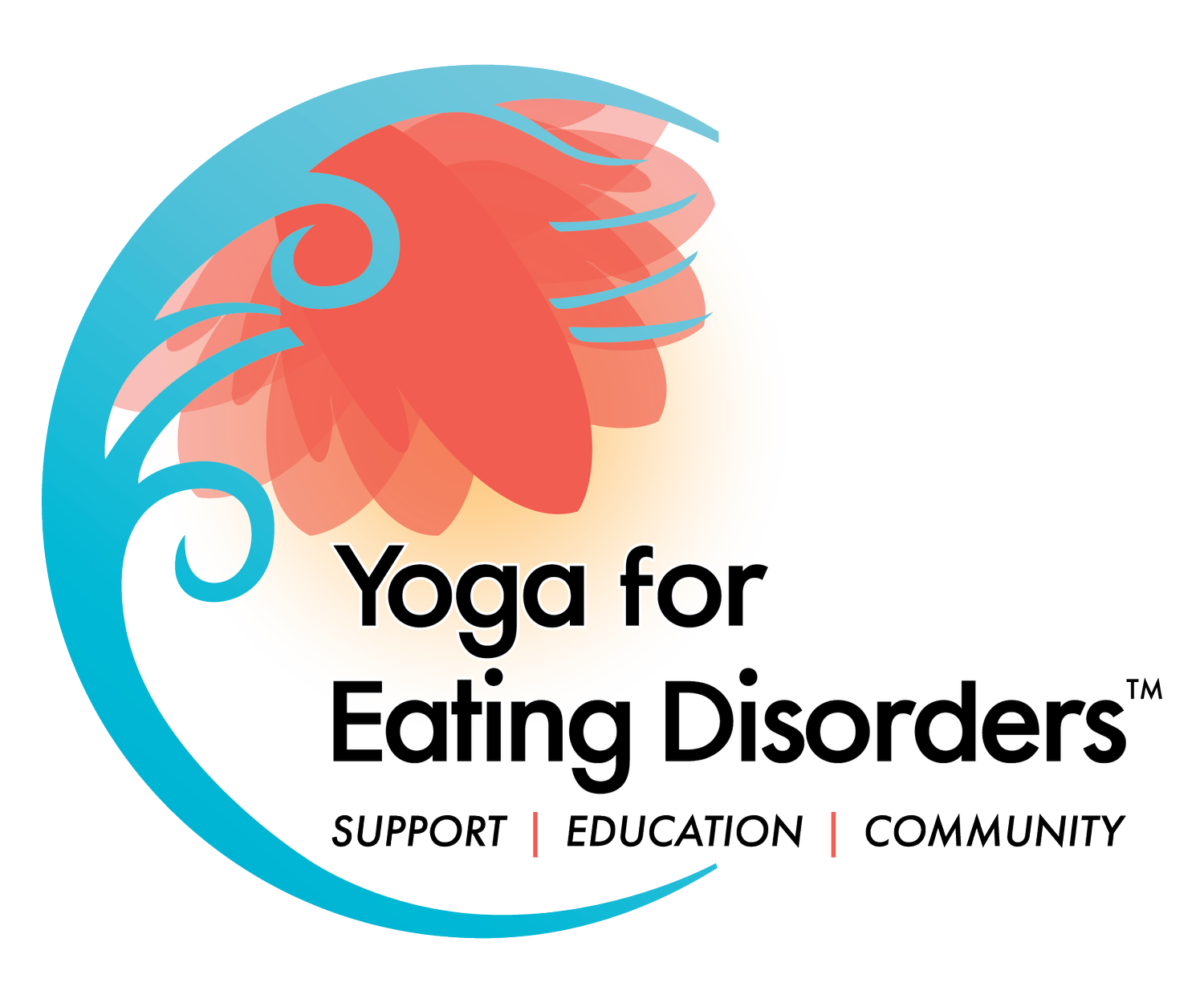Lessons From the Mat: Balancing Opposites
Image from I Am Yoga by Susan Verde (2015).
*This post also appeared in the Spring 2017 issue of YogaLiving Magazine.
There’s been a lot more “yoga talk” as of late in my house. My two girls, 5 and 3—also known as “the girls with the curls” because of their perfect heads of ringlets—are amused with “doing yoga with mommy.” Out of nowhere, one of my daughters will spontaneously yell out "yoga party" and, without hesitation, both will strike a pose. My youngest typically dives into 3-legged downward facing dog, and her big sister usually goes for dancer or reverse table top. Then there are the shapes they proudly create and call “yoga.” The best part about all this yoga at home are the smiles and giggles that accompany the playful movements. “Look at this, mommy!” they will say, wanting me to cheer for them. And oh, do I cheer!
At one of our recent “yoga parties,” with movement and laughter in the background, I found myself drift off into memories from my life as a yoga practitioner. Like a rolodex, the yoga poses I’ve come to over and over for 16 years rapidly flipped through my mind’s eye. From sun salutations to warrior poses to forward folds and twists, I watched myself move with reverence and quietude.
My memory landed on the backbend Camel (Ustrasana) pose. This asana opens the front of the body and promotes a sense of well-being. The upward energy offers upliftedness and connectedness to a higher power.
Camel has always been the pose I crave when my gut says it’s time to return to my yoga mat. It’s also the pose that feels most like a prayer to me, the shape in which I can say thank you or ask for help, smile or cry, dream or find the now.
When I snapped back to the present moment, with my children turned upside down and twisting this way and that, I had the astonishing awareness of how, since becoming a mother, I’ve also become drawn to another pose, Rabbit (Sasakasana).
Both poses are done from a kneeling position, but whereas Camel lifts upward and opens the front of the body, Rabbit rounds forward and domes the upper body with the head on the floor. This beautiful pair of poses offer grounding from which to explore the counter yet complementary energies of open and closed, light and dark, extension and flexion, front and back. In Camel, the front of the heart leads the way. In Rabbit, the back of the heart leads.
I sat with this realization, curious about the significance of Camel and Rabbit on and off my mat. For me, motherhood most certainly intensified my energy output and upped the ante when it came to navigating an already hectic and, at times, frenetic pace of life. From that perspective, the quiet, closed, dark, and “tucked in-ness” of Rabbit gives me respite from constant physical and mental motion. Turning inward physically encourages a “going inside” that replenishes my energy. Like Child (Balasana) pose, in Rabbit my eyes receive a break from stimuli, a reprieve from taking in, encountering, deciphering, reading, and analyzing the world around me. This quiet time is sacred.
As I thought more about these two poses, I came to see how the personality of my motherhood experience is that of Camel pose. I strive to model leading with the heart, to uplift my children, and to cultivate wellbeing within themselves and as a connected family. And, like when I am in that pose on my mat, embodying a prayer, so to do I hold reverence for my role as mother.
Yet, that’s a whole lot of Camel energy! So, no wonder I’m attracted to Rabbit pose. Without quiet and precious alone moments, I’ll burn out. My ability to uplift my children and myself will dwindle.
I guess you could say that the gift of this “yoga party” with my girls was the new awareness about how I need the energy of both poses to be in balance and feel grounded in my life.
I invite you to reflect on this pair of poses—Camel and Rabbit—or two that resonate with you and explore how they offer you a balance of open and closed, light and dark, extension and flexion, front and back in your life. I speak specifically of motherhood here, but we all inhabit a variety of roles daily that can be depleting without “Rabbit moments.”
What lessons from your mat await?

